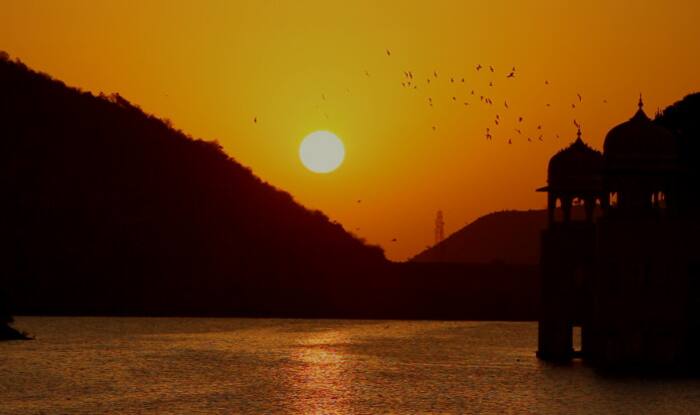
By clicking “Accept All Cookies”, you agree to the storing of cookies on your device to enhance site navigation, analyze site usage, and assist in our marketing efforts Cookies Policy.

[Photo Courtesy: Scott Free Films | Photo Credit: Athul Prakhash and Hardeep Arora]
Imagine being able to see all of India a mere 86 minutes. That was what the creators of “India in a Day,” which premiered on Sept. 9 at the Toronto International Film Festival, aimed to give audiences.
The film—which followed the format of the 2011 film “Life in a Day,” patching together videos submitted by the public—was a monumental task. The UK-based team got some help from Google and some big names, like producer Ridley Scott, asking Indians from all over the nation to film a piece of their day on Oct. 10, 2015.
“It’s significant in its insignificance,” director and former TIFF volunteer Richie Mehta said, explaining that they specifically wanted a date with no major festivals or events to get a sense of regular, everyday life.
The team received 16,000 clips, varying in length from a few seconds to hours, totaling more than 400 hours of footage. As if that wasn’t enough, the videos contained a total of 48 different languages, representative of India’s widely diverse communities. It was what Mehta called “a logistic and creative nightmare.”
The result is what feels like a new genre of film. It isn’t like a traditional documentary because there’s no narrator, point of view or clear story arc. Mehta told the TIFF crowd that they did not edit or manipulate any of the clips, but simply cut them together in an effort to tell a story. The only aspect that gives the film some sort of timeline is the passing day, beginning with the first rays of the sun and ending with nightfall.
For a film that completely relied on the footage of the public, “India in a Day” captures some amazing, and at times beautifully shot, aspects of life on the other side of the world. As an audience, we were transported to the homes of families, taken along for rickshaw rides, and even get a chance to visit a baby elephant calf and his herd.
Mehta told the TIFF audience that once they gathered the clips, they watched it and developed the story as to what they thought the footage was trying to say. However, the result seems somewhat lost in translation.
The film gives a unique look at the lives of Indians—ranging from a middle-class single mother to a transgender chef to a young boy who once showed promise but abandoned school to help his family in the slums—but it is still missing a key demographic: India’s elite. Mehta says he was surprised to find that they didn’t receive a single piece of footage from the economically wealthy.
“What you see is a representation of what we got,” he says. Unfortunately, not being able to truly show the wide income gap that exists in India felt like a major pitfall of the film.
The film lacked a strong narrative thread. Granted, the idea is to create a patchwork of stories that becomes a complete film once you stand back and look at them all together, however, at times it felt like a YouTube medley rather than a feature film.
In the end, “India in a Day” feels like that trip to India where you’ve tried to do too much in a single day, rather than focusing on one or two things, taking the time to enjoy and explore them.
For breaking news and live news updates, like us on Facebook or follow us on Twitter and Instagram. Read more on Latest India News on India.com.